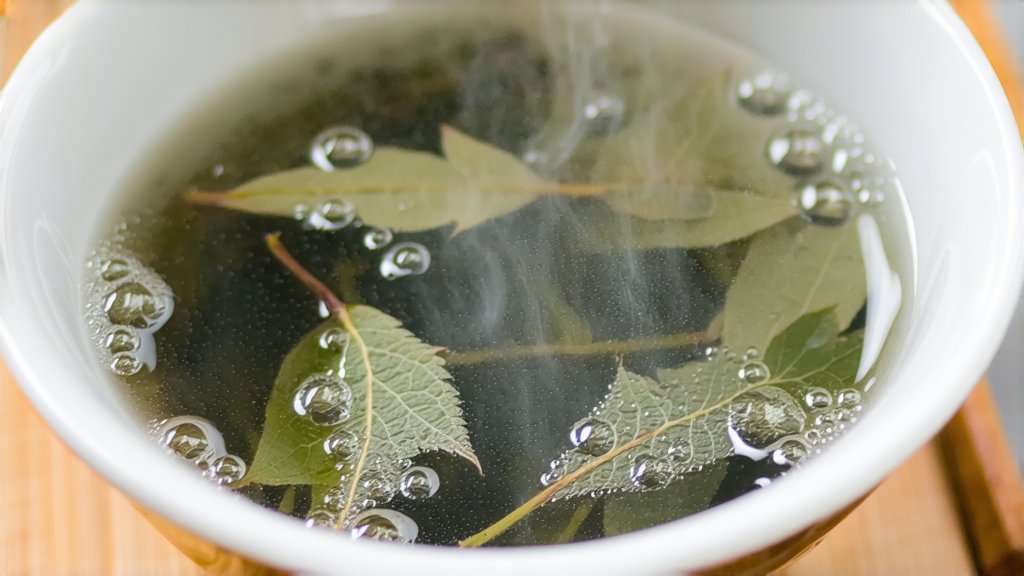
In the vast and diverse world of Chinese tea, few varieties captivate the senses and imagination quite like Fujian Silver Needle Tea, also known as Baihao Yinzhen. This exquisite white tea, hailing from the misty mountains of Fujian province, stands as a testament to China's rich tea heritage and meticulous craftsmanship. With its slender, silvery-white down-covered buds and a flavor profile that is both subtle and complex, Silver Needle Tea offers an unparalleled sensory experience that transcends time and borders. Join us on a journey to explore the history, varieties, meticulous production process, and the art of tasting this revered tea, as we delve into the heart of China's white tea tradition.
A Glimpse into History
The origins of Silver Needle Tea trace back over a millennium, with its cultivation believed to have begun during the Tang Dynasty (618-907 AD). However, it wasn't until the early Qing Dynasty (1644-1912) that this tea gained significant recognition, particularly under the reign of Emperor Kangxi, who declared it an official tribute tea. The name "Silver Needle" derives from the tea's appearance—delicate, needle-like buds covered in fine, silvery-white down (baihao), resembling freshly fallen snow. These characteristics not only contribute to its aesthetic appeal but also signify the high quality and careful handling required throughout its production.
Varieties within the Genre
While Silver Needle is a distinct variety within the broader category of white teas, it shares the stage with other notable types such as Baimudan (White Peony) and Shou Mei (Aged Beauty), each offering unique flavors and aromas. However, what sets Silver Needle apart is its unparalleled purity and rarity. It is typically harvested in early spring, with only the youngest shoots and leaves being selected for processing. This selective approach ensures that each bud retains its natural sweetness and subtle floral notes, making it a prized choice among connoisseurs worldwide.
The Art of Craftsmanship
The production of Silver Needle Tea is a testament to the artistry and precision involved in traditional Chinese tea-making. The process begins with the careful handpicking of tender buds before they fully unfurl, ensuring that only the finest parts of the plant are used. These buds are then spread out thinly on bamboo mats or screens to undergo a natural withering process, which can last anywhere from two to three days depending on weather conditions. During this time, the buds lose moisture while preserving their essential oils and nutrients, transforming from vibrant green to a pale straw color.
Following withering, the tea undergoes a gentle drying phase, often done in the sun or using specialized equipment to maintain its delicate structure and flavor. Minimal processing is key here; unlike other teas that may be rolled or oxidized, Silver Needle remains largely unchanged, preserving its natural character and nutritional value. The result is a tea that embodies simplicity and elegance, a true reflection of nature's bounty.
The Ritual of Tasting
Tasting Silver Needle Tea is an experience that engages all five senses. To truly appreciate its nuances, one must approach it with mindfulness and respect. Begin by selecting a clear glass or porcelain gaiwan (a traditional Chinese tea cup with a lid and saucer), allowing you to observe the tea's graceful dance as it infuses. Use water heated to approximately 80-85°C (176-185°F), slightly cooler than boiling, to avoid scalding the delicate leaves.
Add about 3-5 grams of tea per 150ml of water, adjusting according to personal preference. As the tea steeps for around 2-3 minutes, watch the buds slowly unfurl, revealing their intricate structures. The first infusion yields a light, almost ethereal taste, characterized by sweet, fruity undertones with hints of honey and melon. Subsequent infusions will gradually reveal deeper flavors and aromas, with a lingering finish that invites contemplation.
To enhance the experience, take note of the tea's aroma—fresh, clean, and reminiscent of mountain air or blooming flowers. Pay attention to the texture in your mouth; Silver Needle should feel silky smooth, coating your palate gently without any astringency. Finally, savor the aftertaste, which should be long-lasting and refreshing, leaving a cleansing sensation on the tongue.
In conclusion, Fujian Silver Needle Tea is more than just a beverage; it is a cultural artifact that encapsulates centuries of tradition, artistry, and a deep connection to nature. Its production is a labor of love, demanding patience, skill, and an unwavering commitment to quality. For those who seek a tea that offers both tranquility and sophistication, Silver Needle stands as a shining example of China's enduring legacy in the world of tea. Whether enjoyed alone in quiet reflection or shared among friends in lively conversation, this extraordinary tea invites us all to pause, breathe, and savor the simple yet profound pleasures of life.